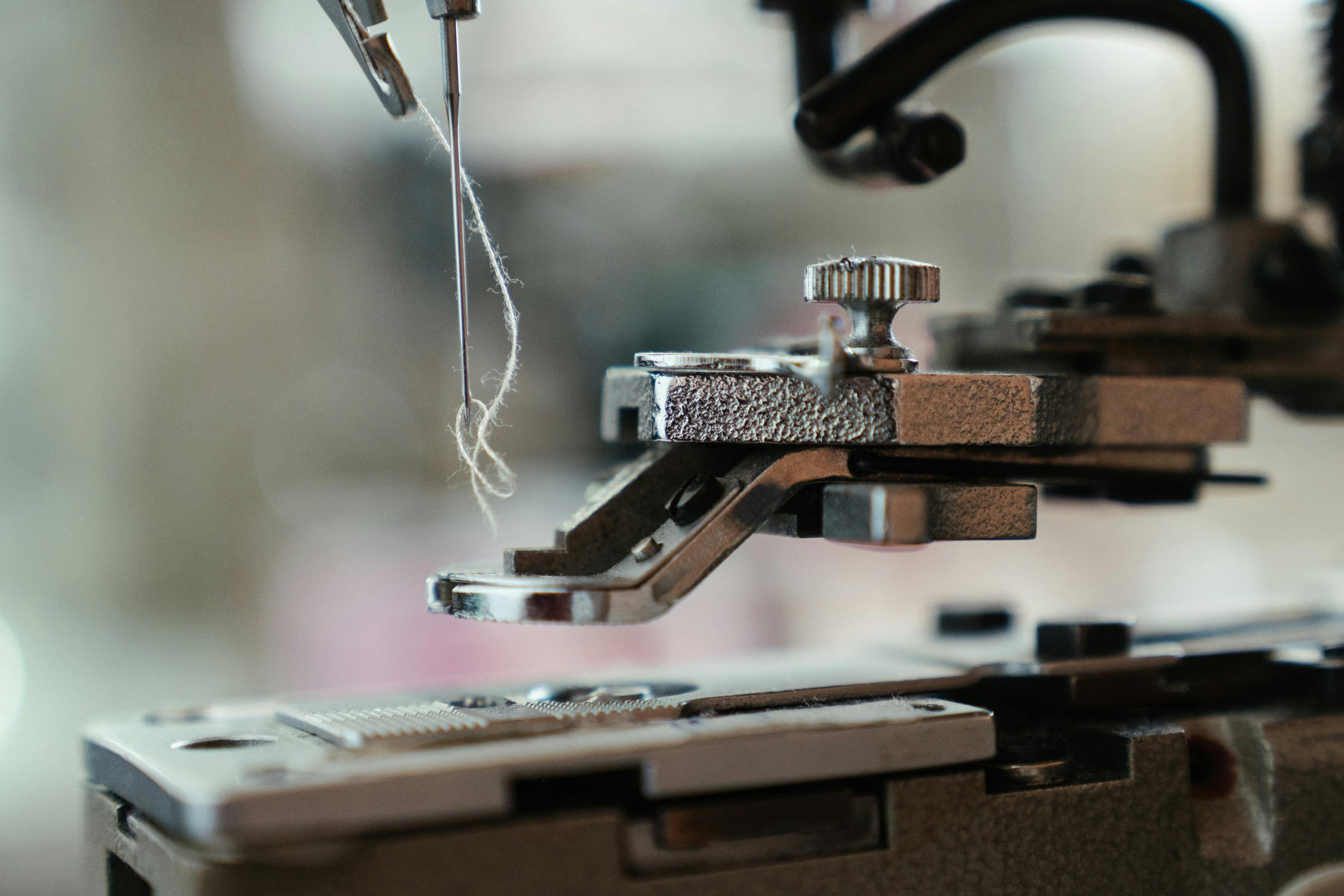The main and basic function of computer memory is to store all data in the computer. Depending on the type of data, in addition to storing data, it also performs other functions. All its functions are related to storage only due to its main storage function, such as RAM, ROM, data storage, hard drives, and flash memory. Each of them performs its required function to keep the computer running.
The functions are as follows.
– RAM
Random Access Memory (RAM) provides the space for all temporary application data storage. Whenever a computer needs some data, instead of going back and searching for information on the hard drive, it stores everything in RAM, as it stores all the frequently used applications. This makes it easy for the system to find the required information.
When we turn off the computer, the system erases or transfers all data from RAM to the hard drive while creating space for the new data to be stored when the computer starts operations again.
– HDD
A hard drive is the core of a computer’s data storage. Provides storage for user and system files that includes everything from your operating system to images and documents. In technical terms, a hard disk is a rotating disk that is treated with a magnetic coating, similar to magnetic tapes, which are used to store data on cassettes. There is a movable arm that reads and copies all the data and, from the spinning disk, allows you to save the new data or open files from the hard disk.
– Flash memory
Flash memory is the common term used for electronically erasable programmable read-only memory (EEPROM). This is used in computer video game cards and also to store important system information. It is not like the other types of memory that erases or copies data byte by byte, rather EEPROM is used to edit data in groups of bytes, which makes it an easy and convenient option for devices such as memory cards and cameras where the data is stored. changes frequently from time to time.
– ROM
Read-only memory is called ROM. The data that is stored in ROM is used to control the most basic functions of the computer, such as startup, computer fan operation, and peripheral detection. And, as the name suggests, the system or users cannot edit this data. Everything recorded remains there even after turning off the computer. Similar to flash memory and hard drives, ROM is an example of non-volatile memory. Being non-volatile means that data stays in place even when the power is off.
